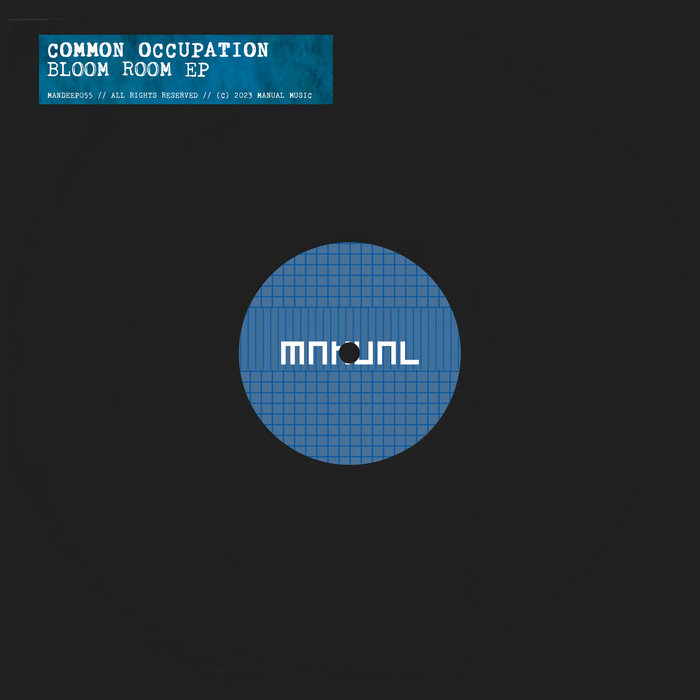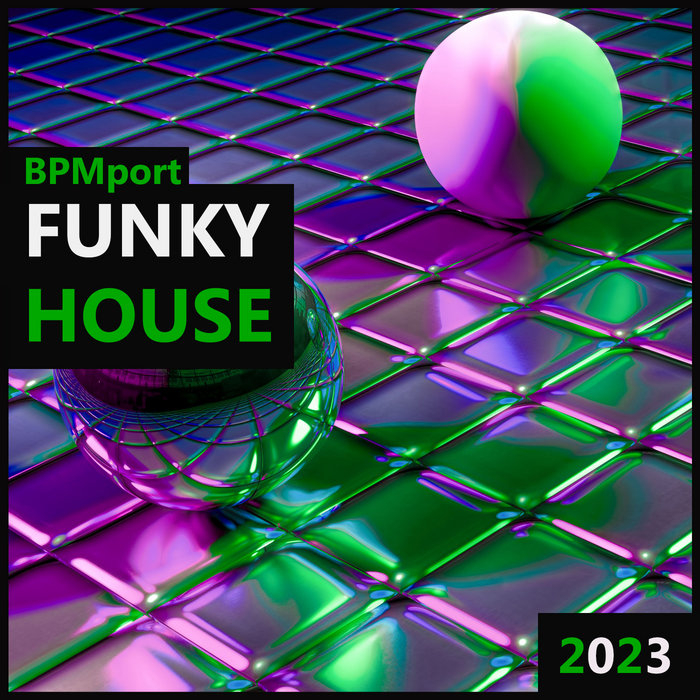
Moving On – BPMport
this blog is GROOVY – check out great Soul, Funk, Jazz, Hip Hop, Bass, Breaks , Reggae, House n many more TUNES
Progressive house, man! Just the name alone makes you wanna throw on some headphones and lose yourself in the beat. This genre didn’t just pop up overnight; it’s got a rich history that grooves through clubs and festivals around the world.
Let’s roll back to the late ’80s and early ’90s. In those days, electronic music was exploding! Acid house was all the rage with its squelchy 303 basslines, but something deeper was brewing. Enter progressive house—born out of a desire for complex melodies and longer tracks that took listeners on a journey rather than just a party banger.
The UK is where it really kicked off. With influences from U.S. house music (thanks Chicago!) and European techno, progressive house started taking shape in clubs like The Hacienda in Manchester and fabric in London. DJs like Sasha & John Digweed began crafting epic mixes that could span an hour or more—perfect for losing track of time while dancing your heart out!
Two names are often mentioned as pioneers: Sasha and John Digweed. Their partnership not only set trends but also brought heightened creativity to DJing itself! They transformed sets into narratives, blending tracks seamlessly into one another.
Don’t forget about Tiesto, who rolled onto the scene with his stellar 1999 album In My Memory. He blended elements from trance into his progressive sound, captivating crowds internationally.
And let’s talk about PVD! Paul van Dyk was known for his emotional melodies mixed with driving beats—a match made in dance heaven!
Did you know Sasha once played an entire set without wearing any shoes? A true free spirit! And here’s another gem: John Digweed apparently had a bicycle mishap right before he had to go perform at one gig—he showed up covered in mud but still rocked it!
As we cruised further into the ’90s and rolled through the millennium, progressive house evolved along with technology. New tools meant new sounds! Producers started embracing digital audio workstations (DAWs), making it easier to layer synths and create textures unheard before.
By this time, labels like Global Underground were releasing iconic compilations featuring top DJs that showcased this lush style of music worldwide.
Here’s something funny—you ever hear about this infamous moment when Erick Morillo mistakenly locked himself inside a DJ booth during an event? Yeah… he ended up spinning tunes while trying to find someone who could help him escape!
Fast forward to the 2000s—the festival scene explodes globally! Events like Ultras bring fans together under giant stages surrounded by mind-blowing visuals—a visual journey matching every beat drop you can imagine!
DJs such as deadmau5 emerged during this era as major influencers within both electronic dance music (EDM) AND specifically progressive house circles too. Not just because he’s a great producer/DJ—but let’s be real—the giant mouse head doesn’t hurt either!
Ever notice how deadmau5 has named several tracks after food items? “Ghosts ‘n’ Stuff” will forever make us chuckle thinking about ghost-shaped pancakes at brunches gone wild!
Now we’re cruising straight into today—and oh boy is there diversity among producers still rocking that signature groove! Artists like Lane 8, Nora En Pure, or Yotto carry on what legends started—with fresh takes incorporating melodic components alongside deep grooves that’ll keep your feet moving long after sunset fades away.
These creators are keeping things chill yet funky by fusing various genres—from indie vocals floating over stirring beats—to even ambient soundscapes—a homage showing respect toward what came before them while pushing boundaries further ahead!!
But hey—it ain’t just about newcomers; our beloved veterans continue producing killer sets balancing nostalgia & freshness—all while mesmerizing crowds across festival grounds today!!
This might crack you up: During one show at Tomorrowland festival years ago—the stage crew spent so much time trying to fix David Guetta’s spaghetti bowl hairstyle that they almost forgot he needed mic check!!! Now that’s dedication to hair goals if I’ve seen any!!
So there ya have it folks—a brief dive into progressive house history wrapped around groovy vibes sprinkled with some fun anecdotes from musicians who’ve shaped its course over decades!! Music may continuously evolve—but remember each note remains timeless… keeping us dancing till dawn eternally!!

Moving On – BPMport

In My Soul – BPMport

Twist – Common Occupation

Alive with Diggity – BPMport